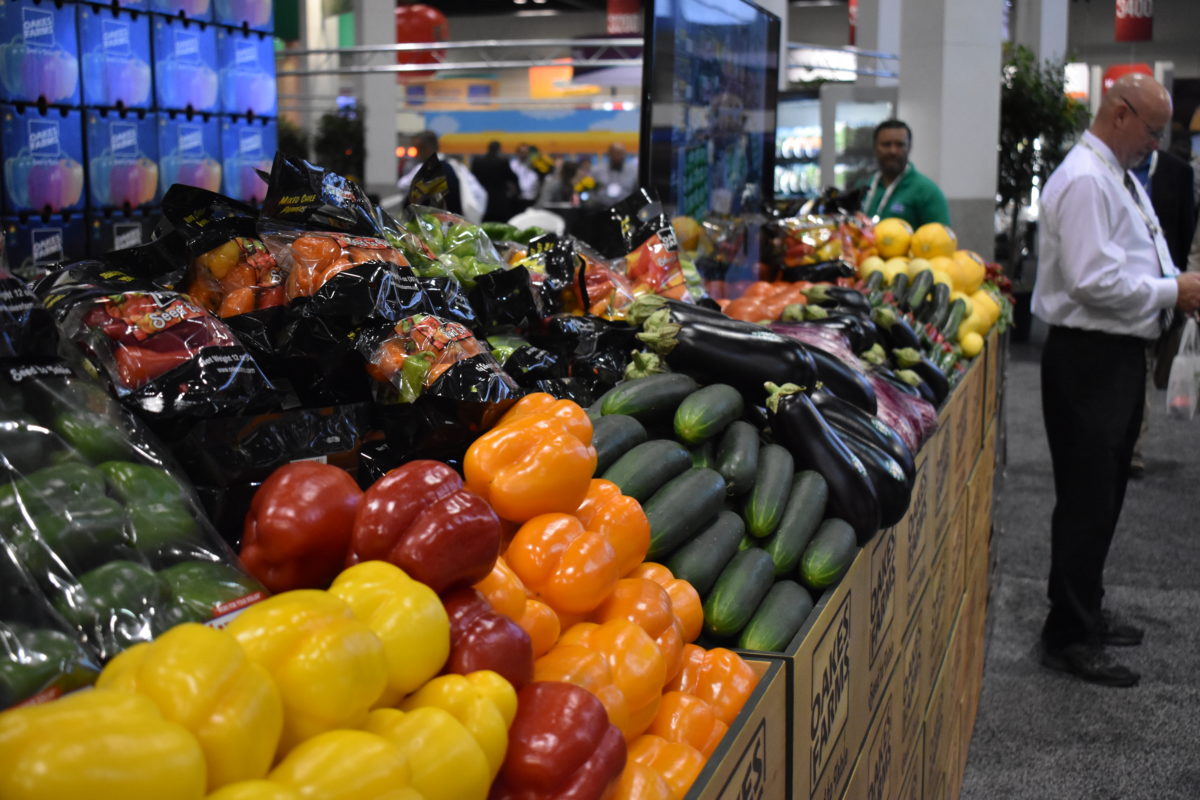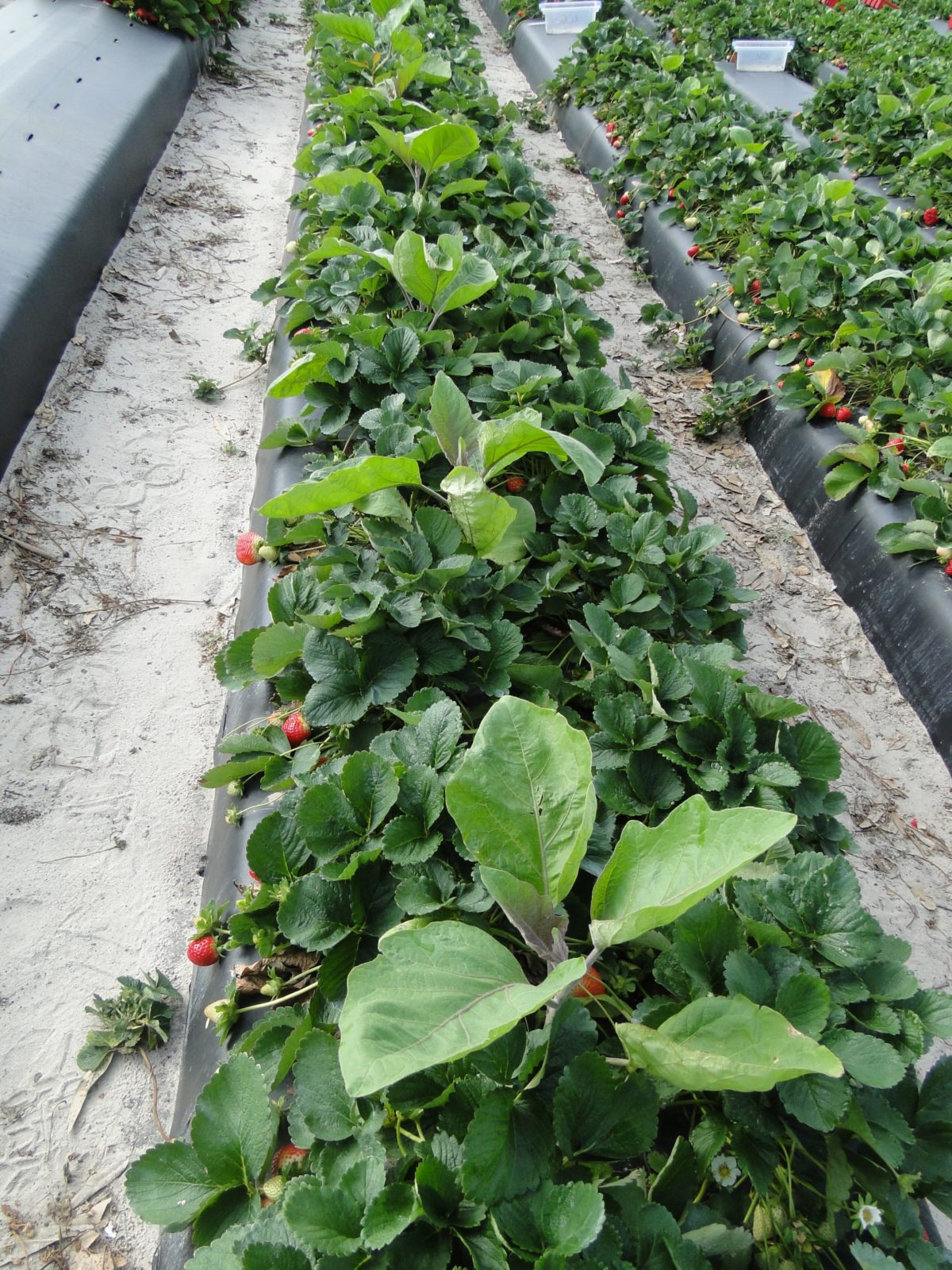By Clint Thompson Alabama produce farmers may soon have more options to choose from. This is due to ongoing research from Alabama Extension vegetable specialist Joe Kemble. Kemble is researching a melon trial this year that encompasses everything but watermelons and cantaloupes. It’s an expansion upon last year’s trial. He hopes to present relevant date at the annual Fruit and …
Georgia Farmer Thinking Inside the Box
By Clint Thompson One South Georgia farmer is thinking inside the box when it comes to moving this year’s fruit and vegetable crop. Like his brethren in Florida, Bill Brim’s farming operation has been impacted by the orders of self-quarantine amid the current coronavirus pandemic. The lack of a foodservice market led to a sharp decline in demand for fresh …
N.C. State Extension Specialist: Vegetables Look Fabulous
By Clint Thompson North Carolina vegetables look “fabulous,” according to Chris Gunter, N.C. State Extension vegetable production specialist. In fact, the main concern appears to be having enough workers in place to pick the crop once harvest season begins. And also how to keep their labor force safe amid the ongoing coronavirus pandemic. “They’re more concerned about how it’s going …
Florida Farmer: It’s Demand and it’s Competition With Foreign Products That’s Beating us up
By Clint Thompson Count Daren Hanshaw in as one of the numerous Florida fruit and vegetable growers impacted by the coronavirus pandemic and the continued imports of produce from other countries. Hanshaw who owns Hanshaw Farms in Immokalee, Florida, grows cucumbers, tomatoes, watermelons and cantaloupes on about 500 acres. He’s experienced the negative impact of the past month with all …
Weather Impacting Alabama Vegetable Production
By Clint Thompson Farmers in South Alabama are in desperate need of rain. Producers in North Alabama need field conditions to dry so they can plant their crop. It’s been an unpredictable winter and early part of spring for the state’s vegetable growers. “It’s been wet in the central and northern part of the state and it has been impressively …
Closing the Information Gap on the Produce Safety Rule
By Karla Arboleda A study conducted by researchers at the U.S. Department of Agriculture Economic Research Service showed that growers across the United States expressed uncertainty over new food safety requirements for their operations due to an information gap. Researchers compared illness outbreaks associated with tomatoes, strawberries, cantaloupes and apples between 1998 and 2016. In order to have the first …
Whitefly-Transmitted Viruses Pose Problems in Vegetables
By Rajagopalbabu Srinivasan The sweetpotato whitefly, commonly referred to as whitefly, is a major problem in vegetable production in Georgia and the southeastern United States. The whitefly can colonize hundreds of host plants in the landscape and has established itself year-round in this region. The pest has a short life cycle and is equipped with prolific reproductive capabilities. Consequently, its …
What to Do About Watermelon Gummy Stem Blight and Fusarium Wilt
By Nicholas S. Dufault Gummy stem blight (GSB) and fusarium wilt (FW) can be common problems for watermelon producers in the Southeast. These two diseases are caused by fungal pathogens from the same taxonomic subphylum, but that is where the similarities end. GSB tends to be more of a foliar pathogen that can move to the petioles and vines, and …
Managing Nematodes Without Methyl Bromide
By Johan Desaeger Plant-parasitic nematodes are some of the most difficult pests or diseases that growers in Florida are facing. They are difficult to recognize, are often confused with other biotic or abiotic problems, and can cause total crop loss in many fruits and vegetables. This is especially true in Florida’s warm and sandy soils, where nematodes, such as root-knot …
Growing Multiple Crops on the Same Plastic Mulch
By Nathan Boyd Vegetable growers throughout the Southeast face intensive economic pressure from foreign competition, volatile markets and increased production costs. Alternative production systems are needed that reduce input costs and increase economic return. One potential approach is to grow more than one crop on the same plastic mulch. The vast majority of horticultural crops in the Southeast are grown …











